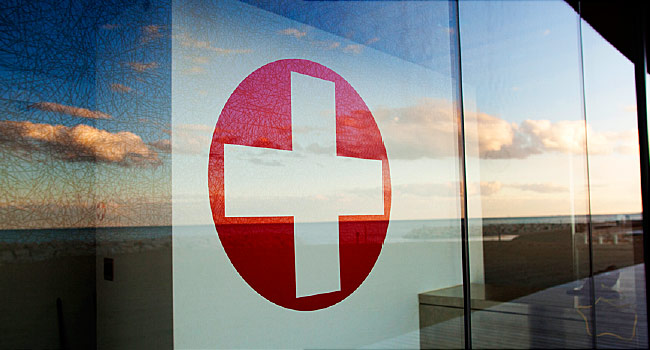Dec. 18, 2020 — ICU capacity dipped to zero in Southern California’s 11 counties on Thursday, according to the California Department of Public Health, as coronavirus cases continued to climb and public health experts warned that the worst is yet to come.
As of Dec 16, total confirmed cases in the state had increased by 3.1% from the previous day, up to 1.72 million. Nearly 22,000 people have died in the state since the pandemic began.
What exactly does 0% capacity in intensive care units mean?
“It means all of the staffed ICU beds we currently have — without taking additional extreme measures — are full,” says David Simon, a spokesperson for the California Hospital Association.
When a hospital reaches zero ICU capacity, the hospital shifts from ”normal” operating to ”surge,” he says. Things can be done to relieve the situation, according to Simon and others:
- “The very first thing we will try to do is convert other beds [to ICU beds],” Simon says. But in the pandemic, the challenge is in having enough staff to care for the patients in those beds.
- Patients who are recovered enough can be moved to non-ICU beds in the hospital or transferred to non-hospital settings, such as skilled nursing facilities or home care.
- In non-pandemic times, patients can be transferred to other hospitals. “We don’t have that option here,” Simon says. “Unlike a traditional disaster, like a wildfire, by definition a pandemic is everywhere.”
- Doctors and nurses from other areas of the hospital, such as critical care, can be transferred to the ICU if they have enough intensive care training. “That’s the shortage we are facing — these critical care nurses,” Simon says.
While California law says the nurse-to-patient ratio in the ICU can be no more than 1:2, California Gov. Gavin Newsom has announced that hospitals can ask for the ratio to be increased to 1:3.
That change met with fierce opposition from the California Nurses Association, which hosted a virtual news conference Wednesday warning that increasing the ratio could compromise care and lead to more deaths.
In response, the California Hospital Association pointed out that the waiver is temporary, hospitals must apply for it, and it applies only to the units in which COVID patients are being cared for.
The ICU situation could become worse, public health experts warn, especially if people continue to gather and to travel. Newsom has ordered 5,000 body bags in anticipation of more COVID-19 deaths.
In an effort to convince people to stay home and to lower the toll, the California Department of Public Health on Thursday launched its “Mothers” campaign, Love Means Staying Away, with real moms appearing on videos urging people to stay home over the December holidays and not to celebrate with extended family. The goal, public health officials say, is to turn instead to virtual events, like opening presents via video calls, online cookie baking, and others.
Other state campaigns have used hospital leaders and nurses, Simon says, ”really begging people to stay home this Christmas.”
Even when a hospital’s ICU is at zero capacity, health care experts say, it’s important for those with critical conditions, such as potential heart attacks and strokes, to still seek help at a hospital.






